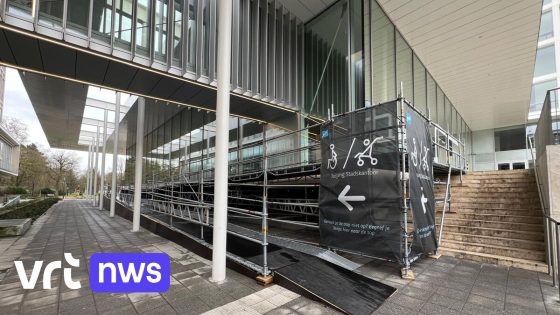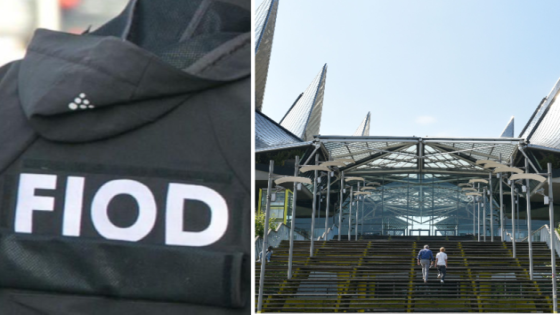On February 9, 2025, the city of Ghent announced a new accessibility solution for its recently constructed city office. A temporary ramp, measuring about 70 meters long, is being installed at Woodrow Wilson Square to assist wheelchair users and parents with strollers. This decision comes after issues with the building’s lift, which has proven too small and frequently malfunctions.
- New ramp for wheelchair and stroller access
- Elevator is too small and frequently broken
- City office costs exceeded initial budget
- Lift design failed to meet practical needs
- Gent city held company accountable for issues
This situation is surprising considering that the lift was installed just two years ago as part of a €38 million project—more than double the original budget. The city acknowledged that while the lift met initial technical requirements, it failed to accommodate larger mobility devices in practice.
Why Accessibility Matters: Lessons from Ghent’s City Office Lift Issues
How can cities ensure their buildings are accessible for everyone? The recent challenges faced by Ghent highlight this crucial issue. With public spaces needing to cater to diverse needs, it’s essential for urban planners to prioritize accessibility from the start.
The Cost of Inaccessibility: What Went Wrong with Ghent’s Lift?
The problems surrounding Ghent’s lift serve as a cautionary tale about planning and execution in urban development. Here are some key points regarding what went wrong:
- The lift was initially described as meeting all technical standards.
- It failed to accommodate larger mobility devices like scooters.
- The project exceeded its budget significantly—€38 million instead of an estimated amount.
- The city took action against the construction company due to these failures.
Understanding Public Building Accessibility Standards
Public buildings must adhere to strict accessibility guidelines designed to ensure all citizens can navigate them comfortably. These standards include:
- Sufficient space in lifts for mobility devices.
- Clear signage indicating accessible routes.
- Adequate maintenance of all accessibility features.
The Importance of Community Feedback in Urban Planning
Cities should actively engage with community members during planning phases. Feedback helps identify potential issues before they become costly problems. By involving residents, planners can create more inclusive environments that cater effectively to everyone’s needs.
A Future Focused on Accessibility: What Can Be Done?
Cities across Belgium and beyond need proactive measures for ensuring accessibility in public spaces. Strategies could include regular assessments of existing facilities and incorporating universal design principles into future projects. How will your community address these challenges?































